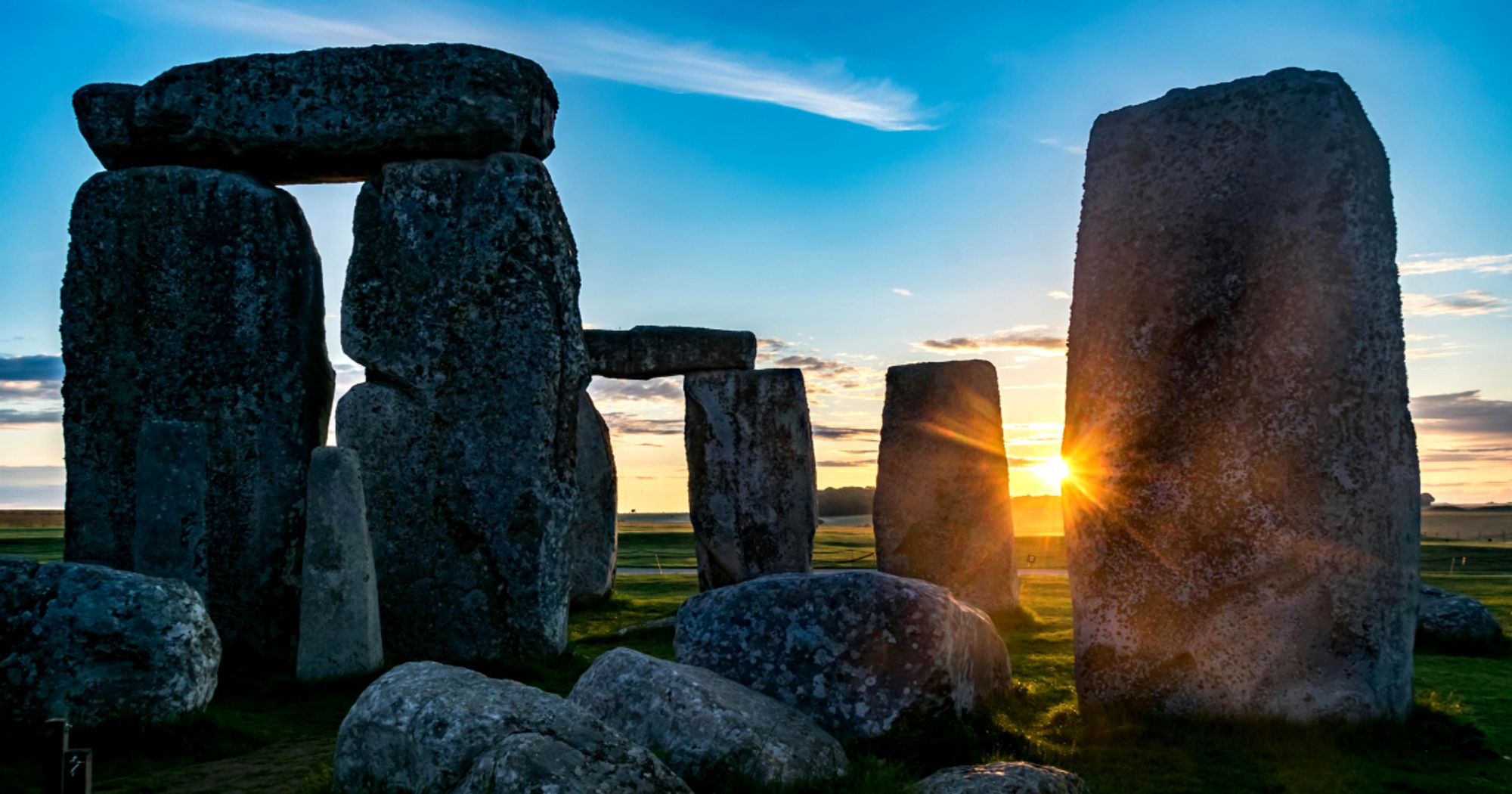Transport yourself to the feeling of morning sun on your face. Or perhaps watching the setting sun. Simple-yet-profound pleasures from interacting with our nearest star. But how often do we contemplate the bigger picture and how fundamental the sun is to our existence?
The numbers are so staggering our minds can boggle to comprehend this 4.6 billion year old molten ball of plasma some 150 million kilometers from Earth. Its nuclear fusion of hydrogen into helium burns 13 billion times brighter than the next brightest star in our sky - Sirius - while its position 8 light-minutes away, provides an intriguing window on the living past.
Yet despite its enigmatic condition, solar energy is a constant force that sustains life on Earth and our shifting relationship with it provides a fascinating lens on the evolution of both human technological advancements and philosophical attitudes. From revering its potency as part of religion and culture, to exploiting what’s left of the dead in the form of fossil fuels and now finally looking up and harnessing the sun’s infinite power using photovoltaic cells. Charting our relationship with the sun is an enlightening reflection on us.
Guiding light in society and culture
As a luminous, celestial body the sun has been worshipped in cultures across the world since prehistoric times, from ancient Egypt to Greece, by the Incas to the Aztecs. It is or has often been synonymous with a god - Surya, Ra, Helios, Apollo - or taken as a foundational principle in the construction of monuments built to coincide with its movement through solstice, equinox and circadian path.

For example, the 4500-year-old megaliths of England’s Stonehenge are oriented so that the first rays of the solstice shine through the Heel Stone into the heart of the complex, while on the other side of the world the shadow of a serpent creeps down the Pyramid of Kukulcan at Mexico’s Chichen Itza on each equinox. Christian churches were historically built for the congregation to face the sunrise and today, despite a globally less sun-centric culture, our Gregorian calendar system continues to organise society around the movement of the sun.
Our primal connection
In addition to influencing how we have structured our lives, the sun’s energy is seamlessly harnessed by the human body for myriad biological functions, we are only recently coming to more fully understand. Ultraviolet light from the sun, carrying more energy than visible light, can cause sunburn or skin cancer. But, it also has antiseptic properties, triggers the production of Vitamin D that contributes to stronger bones, a boosted immune system and regulated hormones linked to healthy weight and better sleep.

The red and infrared light of sunrise or sunset, created by atmospheric scattering when the sun is very low in the sky, has also been found to help regulate mood, muscle regeneration and alertness. Conversely, night-shift workers out of sync with the natural rhythm of the sun and deprived of ultraviolet and infrared light have been found to experience increased risk of various diseases.
The age of fossil fuels
Alongside reaping the biological benefits of solar energy, human activity has harnessed the sun to fuel basic tasks like cooking and heating for millions of years. From burning wood or charcoal to fossil fuels such as coal and oil, these are all finite remnants of past life, indirectly derived from the sun’s energy captured through photosynthesis in the living plant.

Coal is formed from the deep burial of ancient dead plant matter compressed over millions of years under intense heat and pressure. Documented as being used in Ancient China and by the Romans, it provided superior fuel over wood or charcoal to heat baths, forge iron or in religious ceremonies. It was the Industrial Revolution, however, that catapulted the mining and widespread use of coal by human society as we raced to develop through industrial advancement.
Similarly to coal, crude oil or petroleum forms from fossilised organic matter like algae or zooplankton that has settled on the seabed or bottom of lakes and has been covered in mud, silt or stagnant water. The same processes of intense heat and pressure that prevent aerobic decomposition, changes the organic matter into waxy kerogen before becoming the liquid and gaseous hydrocarbons that have been extensively extracted by large oil and gas operations.
Solar energy: a rising star
With the dawn of a new millennium, a shift towards more sustainable energy sources has gathered momentum as our awareness grows about our impact on the world around us and our planet’s potentials and limitations.
From the first low-impact solar panels of gold-coated selenium developed right back in the 1880’s, our ability to capture and convert solar radiation into usable energy using photovoltaic cells has ramped up in recent decades to make solar energy the cheapest electricity in history.

Beyond the traditional panels, solar is also being integrated into infrastructure materials through the application of building-applied photovoltaics (BAPVs), particularly in the architectural design of commercial buildings. In these, discrete solar cells form an integrated part of structural elements such as facades, roofs and windows, providing the building with a source of in-built renewable power.
Yet despite advancements, solar still has untapped potential in that conversion is still less than 25% and this is reliant predominantly on visible light. Are there lessons from how the human body and the natural world is able to harness ultraviolet and infrared light to help further boost the efficiency of solar technology? The Aureus system suggests there are. Inspired by the physics of the Northern Lights from which it takes its name, it works by reusing compounds from discarded fruit and vegetables that absorb UV and convert it to visible light that PV cells can capture.

Our changing attitude towards the sun is driven not just by technology, but also philosophical ideals. In contrast to decades of extraction and consumption of ancient reserves, solar energy is instead a regular, renewable gift that aligns us with natural cycles. As many now seek to live in greater harmony rather than opposition to our environment, the transition to solar can be seen in sort as a return to the foundations of ancient wisdom, combined with modern understanding and technology.
From historic monuments that honour the sun’s path to buildings that harness its energy. From understanding how ultraviolet benefits the natural world to capturing it with our technology. A growing population and ever-reducing finite resources mean our future depends on technological innovation that aligns our actions with the natural order of the universe.
Learning to live within our means, with increased respect for taking only what is given freely and renewably, symbolises a significant evolution in human understanding and interaction with nature. In mind and machine, we are transitioning away from the discordant exploitation of fossil fuels and embracing the sun's infinite energy for a brighter future.
Article by Lauren Holford
Published on May 13, 2024
Share this article with your folks, and help them find a career to be proud of.



